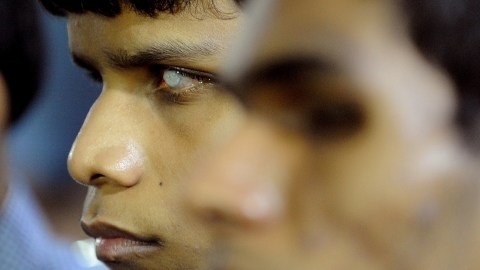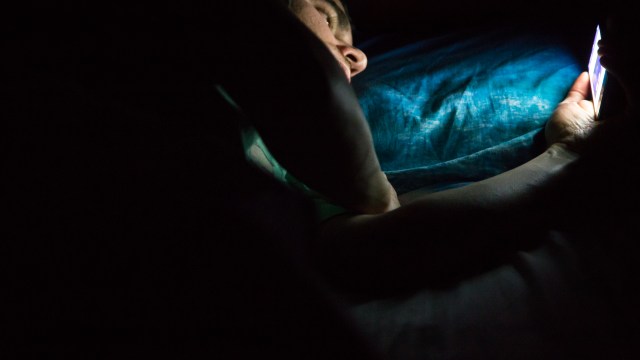The People Technology Left Behind: Creating Better Products for the Blind

When advancements are made in consumer technology, the people they benefit tend to be the general population. The autonomous car is one innovation that benefits every demographic — it provides more independence for aging and disabled community members who are often afterthoughts in Silicon Valley. But there are still many who are left behind in the latest innovations.
A team of researchers from the University of Michigan is working on a way to update the braille display, so it’s fit for the 21st Century. The technology could help create an accessible and affordable way for the blind to read braille.
The proposed mechanism uses liquid or air to pneumatically raise the dots on the screen. This development would allow for a Kindle-sized page of text to be displayed all at once, expanding the possibilities for tactile visuals and deeper learning among the blind.
It’s not the only electronic braille device. The Dot smartwatch helps act as a translator for your smartphone, doing away with the need to employ impersonal text-to-speech functions in order to read a text message.
“Until now, if you got a message on iOS from your girlfriend, for example, you had to listen to Siri read it to you in that voice, which is impersonal,” Dot CEO Eric Ju Yoon Kim explained in an interview with Tech in Asia. “Wouldn’t you rather read it yourself and hear your girlfriend’s voice saying it in your head?”
These and other developers working on advancing refreshing braille displays are hoping their devices will help boost braille literacy among the blind, which has seen a steep decline. Part of this drop is due to the current state of braille technology.
What’s currently available are refreshing braille displays that only displayed one line of text. The reading process is limited, slow, and tiring. Also, these refreshing braille displays cost around several thousand dollars. On the flip side, text-to-speech and audio materials have become quite affordable — these features come standard on many mobile devices.
But there’s some concern that the blind are becoming limited by the scope of what they can hear. Deeper learning requires visual understanding — the impact of a pie chart may become lost without a tactile visual.
“Anything where you want to be able to see stuff written down, like coding or music or even just mathematics, you really have to work in braille,” Sile O’Modhrain, a collaborator on the tablet project, told MIT Technology Review in an interview. “That just means for a lot of people, these things are not accessible or not available.”
This latency in innovation for more affordable ways to access braille has attributed to the drop in literacy. Less than 10 percent of blind children were learning braille in 2009; compare this to the 50 to 60 percent of kids who were taking up braille in the 1960s, according to the National Federation of the Blind. But it seems like developers around the world are stepping up to the challenge.
The developers from Michigan are hoping to offer their braille tablet for less than $1,000 and believe it will be another year and a half before the product comes to market.
***
Natalie has been writing professionally for about 6 years. After graduating from Ithaca College with a degree in Feature Writing, she snagged a job at PCMag.com where she had the opportunity to review all the latest consumer gadgets. Since then she has become a writer for hire, freelancing for various websites. In her spare time, you may find her riding her motorcycle, reading YA novels, hiking, or playing video games. Follow her on Twitter: @nat_schumaker
Photo Credit: INDRANIL MUKHERJEE / Getty Staff





